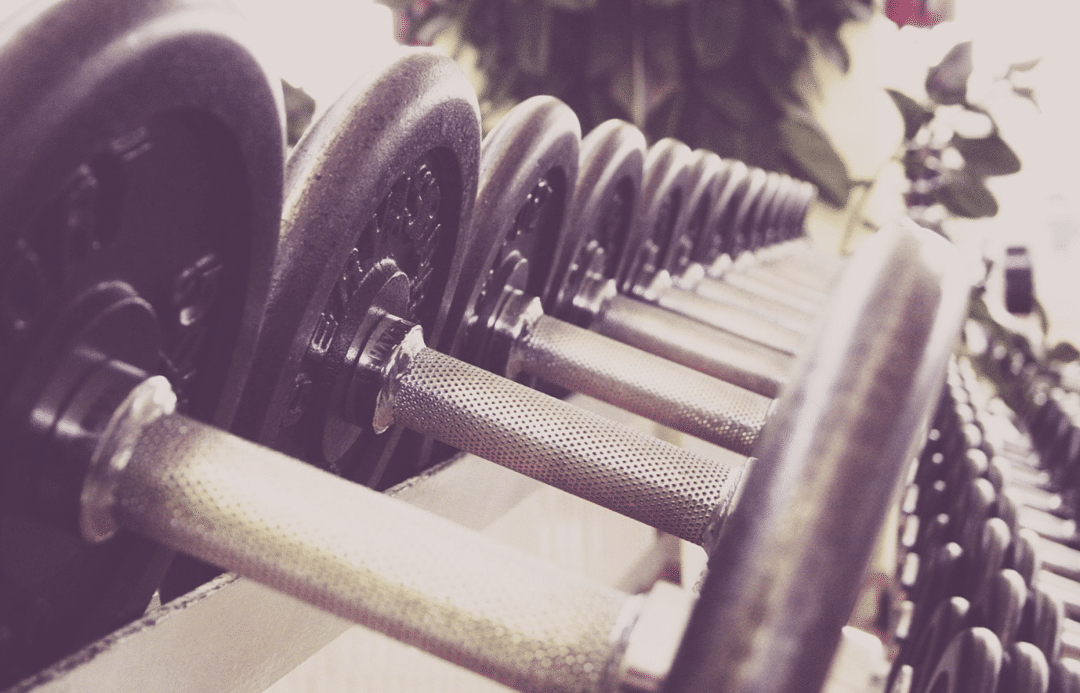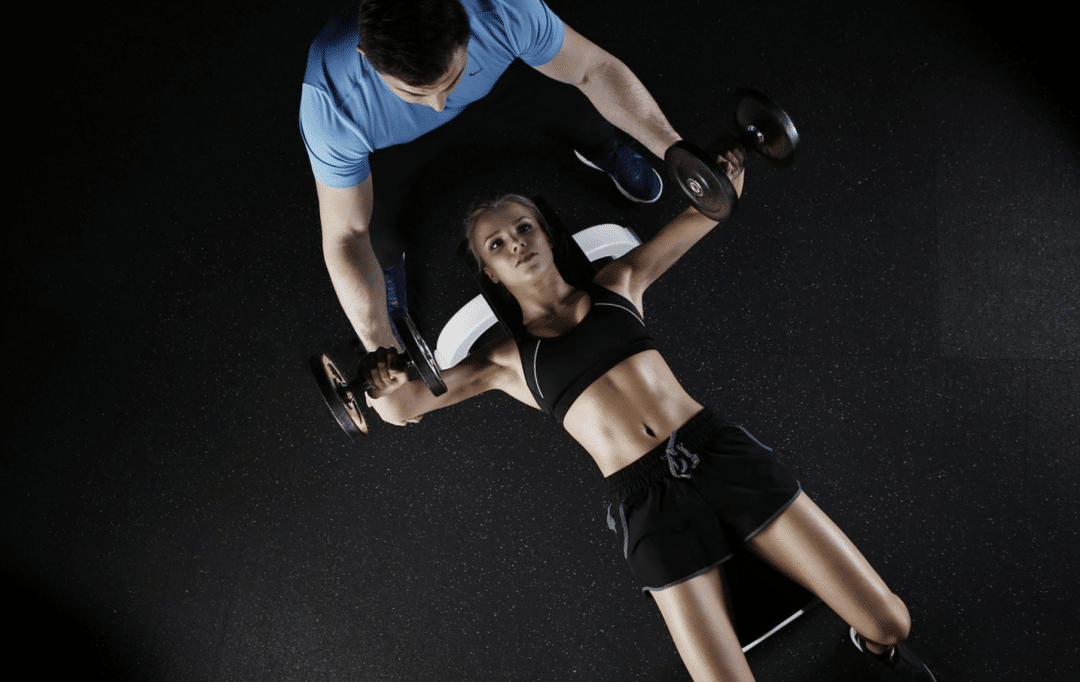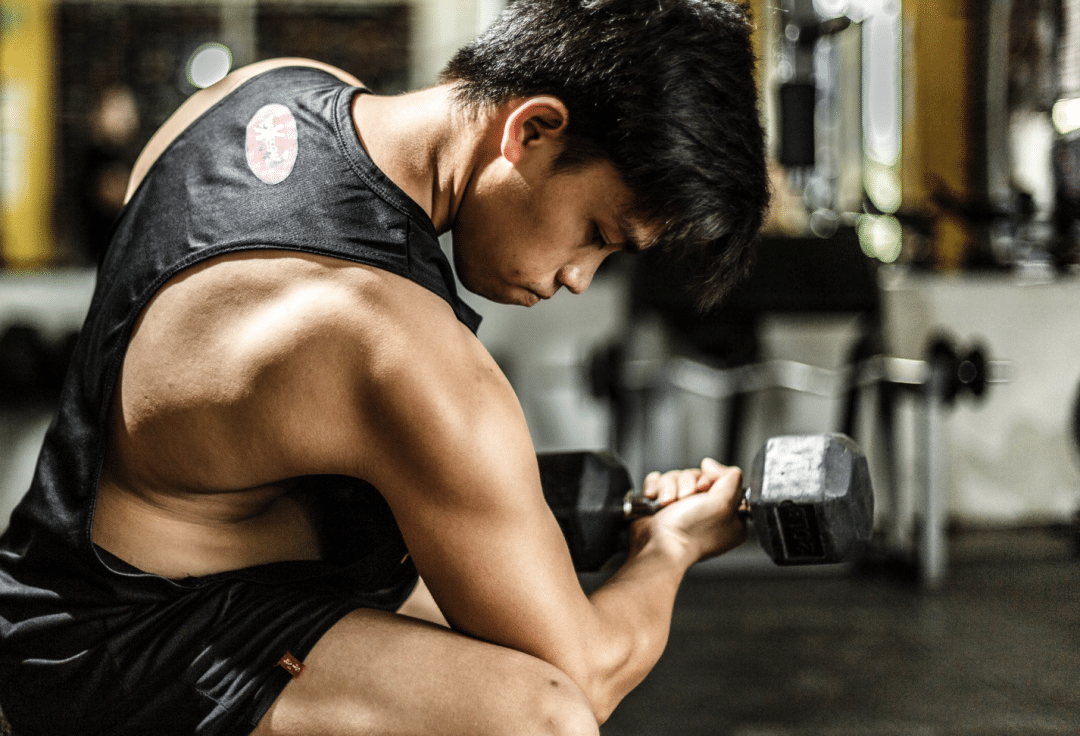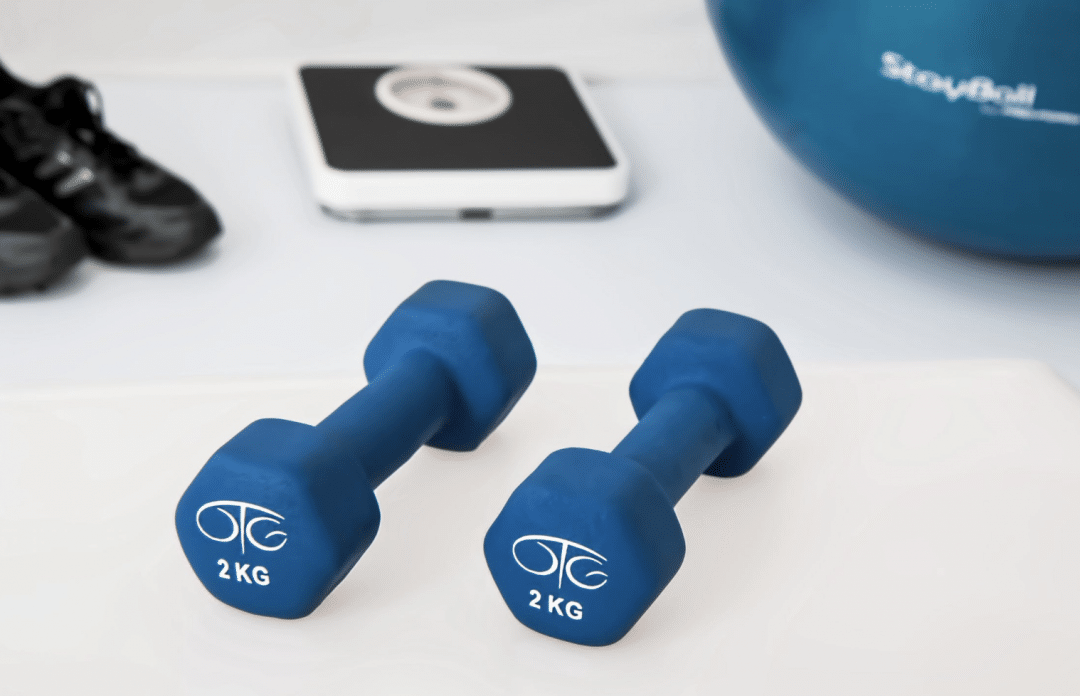If you are a beginner in strength training, dumbbell deadlifting includes some of the easiest movements that you can learn and incorporate in your workout routine. This is because a dumbbell deadlift is a simple and easy exercise to do. Chances are you have already performed the moves involved in the exercise without even realizing it. The exercise entails functional moves and is versatile enough to take the skill outside the gym setting and into your life.
The move can be applied when grabbing a suitcase or any other luggage off the ground. The exercise is also great for people who sit behind a computer all day since it creates a stronger posture. So what is a dumbbell deadlift? This article highlights what the exercise entails, its advantages, and tips to get you started.
What Is a Dumbbell Deadlift?
Dumbbell deadlifting is a simple exercise that you can either do at the gym or at home. It is a great hamstring and quad exercise and is excellent when doing squats. However, you should note that, while doing these exercises, it is vital to feel where the weight is on your feet because your center of gravity limits your knee and hip geometry. Since this exercise is done with your weights hanging at your side, it is the perfect exercise for the center-of-gravity control. The exercise uses many major muscles and you can use it as part of indoor interval training cardio workout.
The exercise is known as a “deficit deadlift,” which implies that you are going lower than you would in a standard deadlift. While the dumbbell handles are typically 5 inches off the ground, in a standard deadlift it is closer to 8 3/4 inches. This implies that your thighs are much more horizontal in dumbbell deadlifting compared to a standard deadlift, meaning it is more squat-like in its quad movement.
Back Position
The most important thing is that you should be able to lock in the neutral lower back position. This is done by first standing with your feet about two feet apart and the toes pointing outwards. You should then bend down and grab, but don’t lift, the dumbbells. You should ensure that your back is locked in a neutral position and your chest is out and looking forward.
First Motion
You should be trying to feel the center of gravity and then roll to your toes and roll back to your heels. Now, halfway between the toe and heel, hold that balanced point through the entire exercise. Now you can lift the dumbbell upward while focusing on keeping your balance in the neutral position. The first half of the lift uses both legs while keeping your back in the neutral position and at the same angle. Your knees should go the direction your foot is pointed.
Finishing Motion
The upper half of the motion is a hip pivot which includes spinal ex-tensors and hamstrings. At the top, lean back and then go slowly, which allows you to focus on keeping your center of gravity in the correct position. You should not be on your toes or over your heels to roll over backward, and focus your weight over your arch, closer to your heel than the ball of your feet. When you keep your center of gravity over the arch, it forces you to move your hips backward instead of forward when you bend down.
Advantages of Dumbbell Deadlifts
Maximal Strengths and Hypertrophy
Doing dumbbell deadlifts induces strength and hypertrophy to a certain extent. This is especially the case when the lifter moves through the beginner level and beyond. The exercise places significant stress on the body systems involved, including muscular, endocrine, and neuromuscular systems.
The main limiting factor is when the lifter does not use loads heavy enough to induce strength and hypertrophy adaptations. For instance, most gyms lack 200lb dumbbells. The awkwardness and the grip strength of the movement may also be limiting if heavier loads are used. However, when adequate loads are used, you are able to increase unilateral control, grip strength, and scapular and lat engagement, which leads to optimal strengths and hypertrophy.
Dumbbell Deadlifts Are Simple

This is a straightforward exercise; you just have to adhere to the instructions and you are all set. This is also a fast and effective way of training new weightlifters or incorporating basic strength training in class settings. Most hotel and commercial gyms have dumbbells, which makes accessibility to this exercise easier. In addition, the exercise is easy and effective in training the hips and back, provided that the weights are heavy enough.
Grip Strength
While all deadlift exercises increase grip strength, dumbbell deadlifts are usually performed using lighter loads, which leads to a greater volume of sets and reps. The sets and reps trigger endurance and grip strength more than other exercises. In fact, one of the biggest challenges when performing the exercise is maintaining the grip while holding heavy weights.
The muscles involved (flexor digitorum profundus, flexor pollicis longus, and flexor digitorum superficialis) are gripping muscles in your forearm. As your hands work independently in gripping the dumbbells, you are more likely to develop a strong grip. The limiting factor is that you may give out the grip before getting a significant workout.
Hammered Hamstrings
The hamstrings are muscles on the back of your thighs and work with the glutes to extend the hips and flex the knee joints. Regular dumbbell deadlifting hits your hamstrings significantly although you can make it more hamstring-oriented by turning the exercise into a straight-legged deadlift. However, you should keep your knees fixed in a soft or slightly bent position while also ensuring that the movement comes from your hips.
Growing Glutes
The glutes are also major muscles worked in dumbbell deadlifts. The glutes are your butt muscles and include your gluteus maximus, medius, and minimus. These muscles work to extend your hips and also aid in keeping your back straight. If you feel the deadlifts in your lower back, it is a sign that you are probably not activating your glutes. We recommend that you try sitting back a little more and ensure that you keep the weight on your heels.
Core Control
The deadlifts will work on your core, but just as with your grip, the strain on your core is greater when you try dumbbell deadlifting compared to barbell deadlifting. Work on maintaining an upright torso and a flat back, which increases the strain on your core. The main core muscles that are activated when doing dumbbell deadlifts are your deep stabilizing ones, which include the multifidus, the transverse abdominus, and pelvic floor.
For a more core-focused dumbbell deadlift, we recommend the suitcase deadlift. This is performed using one dumbbell placed at your side and lifted just as you would lift a suitcase. The exercise helps you train the anti-rotation function of your core and effectively works your oblique muscles at the side of your midsection.
Safety, Form, and Tips for Doing a Dumbbell Deadlift

Image via Pixabay
For safety, while doing the exercise stand with feet hip-width apart while holding the dumbbells in front of your hips and palms facing the thighs. You should also ensure that you squeeze the shoulder blades together so you keep the spine in a neutral position. You should also ensure that you inhale while hinging at the hips and then knees to lower the dumbbells between the front legs.
You need to pause when your torso is parallel to the ground. You need to maintain a neutral spine position while keeping the dumbbells close to the body in the entire workout session. In addition, you need to fully extend your knees and hips while squeezing the glutes at the top.
Tips
You should ensure that your head is in line with the rest of your spine. You should not arch your neck to look forward or curl your chin into the chest. For strength, we recommend doing three to five sets and five reps as you build up to heavier weights. For endurance, do three sets of 12-15 reps.
Conclusion

Image via Pexels
Dumbbell deadlifting is a simple exercise you can either do at the gym or at home. It is a great hamstring and quad exercise and is excellent when doing squats. However, for safety, it is vital to keep your weight on your heels and control it closely. Since the exercise is done with your weights hanging at your side, it is the perfect exercise for the center-of-gravity control.
The exercise places significant stress on the body systems involved, including muscular, endocrine, and neuromusculDONEar systems, but this allows you to enjoy its benefits. Dumbbell deadlifting is beneficial in promoting maximal strengths and hypertrophy, it is a simple exercise, it promotes grip strength, helps your hamstrings, helps you grow glutes, and is great for developing core strength.
While doing the exercise, ensure that you stand with feet hip-width apart while holding the dumbbells in front of your hips and the palms facing the thighs. You need to squeeze the shoulder blades together while maintaining a neutral spine position. In addition, your head should be in line with the rest of your spine. We hope that this article has adequately addressed what dumbbell deadlifts are and the advantages and tips you need to get you started.
Featured Image via Pexels
